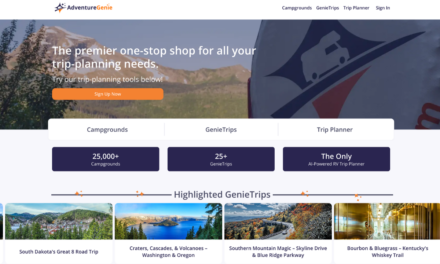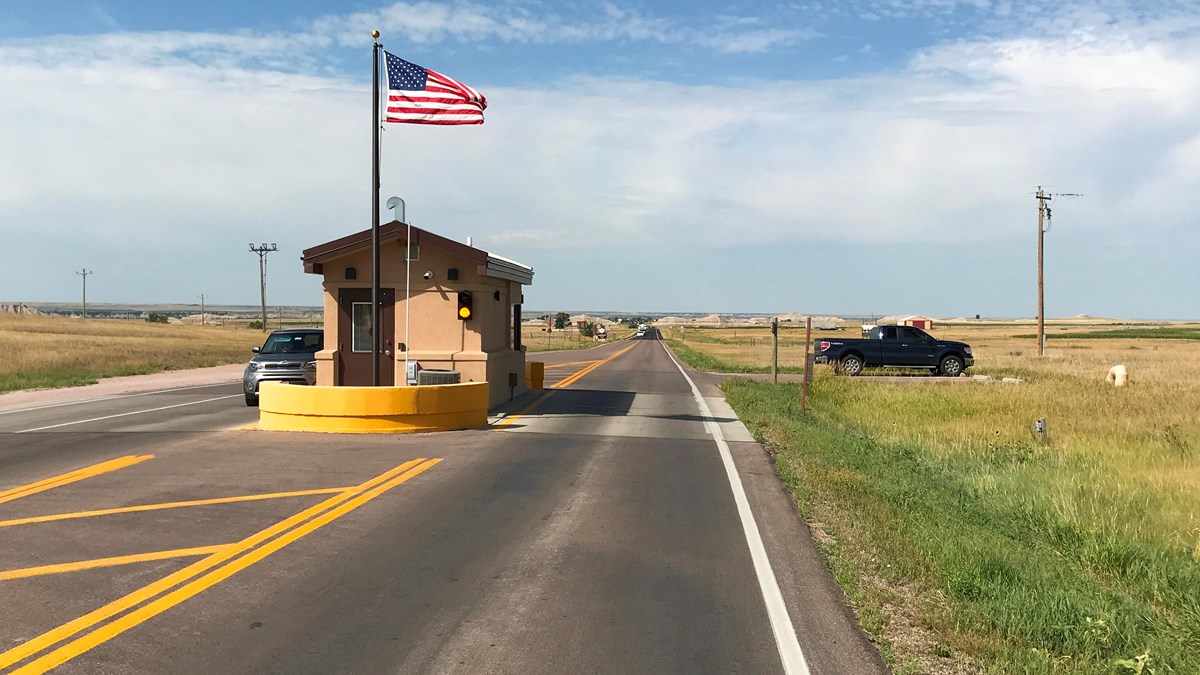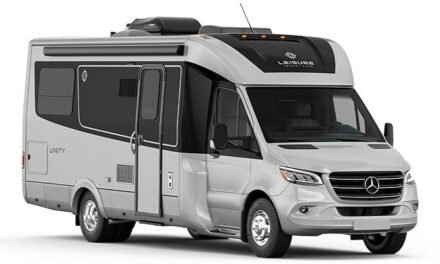By Jason Epperson
You’ve heard over and over about the increase in RV ownership over the last year, without a whole lot of specific numbers to back it up. Well, now we have some, and RV owners might not be who you think they are.
RV ownership has been rapidly growing for the past 20 years, with a big dip around the time of the recession that began in earnest in 2009. It’s a cyclical business, generally very reactive to economic pressures. When more Americans have cash, more Americans buy RVs. But the world is changing, and now, RVs come in all sorts of shapes and sizes -— and price tags.
The pandemic surely has more people interested in RVing, but the largest cohort of Baby Boomers are reaching retirement age, and changes in the workplace have more people able to work from anywhere.
Go RVing, the marketing arm of the RV Industry Association has released an RV Owner Demographic Profile, which it says is the most comprehensive study of RV ownership ever conducted.
6.9 million American households owned RVs 20 years ago. There were 8.9 million 10 years ago. Now, there are 11.2 million RV-owning households.
Additionally, an incredible 9.6 million households intend to buy an RV within the next 5 years. So if you think that there’s a big glut of used RVs about to hit the market, there might be quite a bit more to the picture.
The demographics of those RV owners have changed, too. Now, for the first time, the majority of RV owners, 51%, are under the age of 55. 18-34 year olds make up 22% of the market.
We’ve also been hearing a lot about how owners are using their RVs more, booking more nights and traveling longer, due to more flexible workplaces and the growing gig economy. But the report says the median annual usage for current RV owners hasn’t changed since the last survey: steady at 20 days. People intending to buy an RV, however, plan to use their RVs for a median of 25 days per year. Medians aren’t averages, however, and it may just be the case that the median remains the same while the average increases, with RV power-users spending more time camping.
Nearly a third of the respondents in the study (31%) are “first-time owners,” underscoring the growth of the industry in the past decade. Ownership is spread more and more widely not only across age levels, but also across genders, as well as household income and education.
The report breaks down owners into different affinity groups—people who use their RVs in different ways— and drills down into more detail about them.
The biggest category of RV owners — at 39% — the industry calls “Casual Campers”. These folks use their RV 16 days on average, mostly a few weekends a year in the warmer months. The vast majority of this group are over 55 and earn less than $65,000 a year in annual household income.
The next biggest — at 33% — are called “family campers,” mostly people who live with children. They use their RVs even less—13 days a year. Most make over $65,000.
16% of RVers use their rigs around two months out of the year (or 55 days on average). These “Escapists” are truly committed to the RV lifestyle, and are about evenly split young and old.
6% of owners are what the industry calls “avid RVers,” RVing every chance they have, using their rigs for approximately a season. They’re mostly over 55, mostly women, and unlike most RVers whose primary hobbies are camping, fishing and hiking, these folks enjoy walking, cooking, and gardening.
3% of RVers use their RV for half of the year — mostly snowbirds heading south for the winter, and mostly without children at home.
And 1.5% of all RVers are full-time. That’s 168,000 RVs – which is way less than I thought and way less than has been previously reported, to be honest. Though I wonder if this survey is flawed by calling landline phones… Either way, the interesting thing here is that 70% are women, and only 11% have no children at home (a number, I again, find suspect, as 43% identify as retired.)
A further 1% use their RV most of the time, about 200 days out of the year.
Surveys are always full of flaws and there are a lot of ways to break down numbers, but it’s very clear that RVing has become much less of a niche form of travel enjoyed by retirees, to a mainstream lifestyle for a full 10% of American households.
I’d love to hear your thoughts in the comments section.








